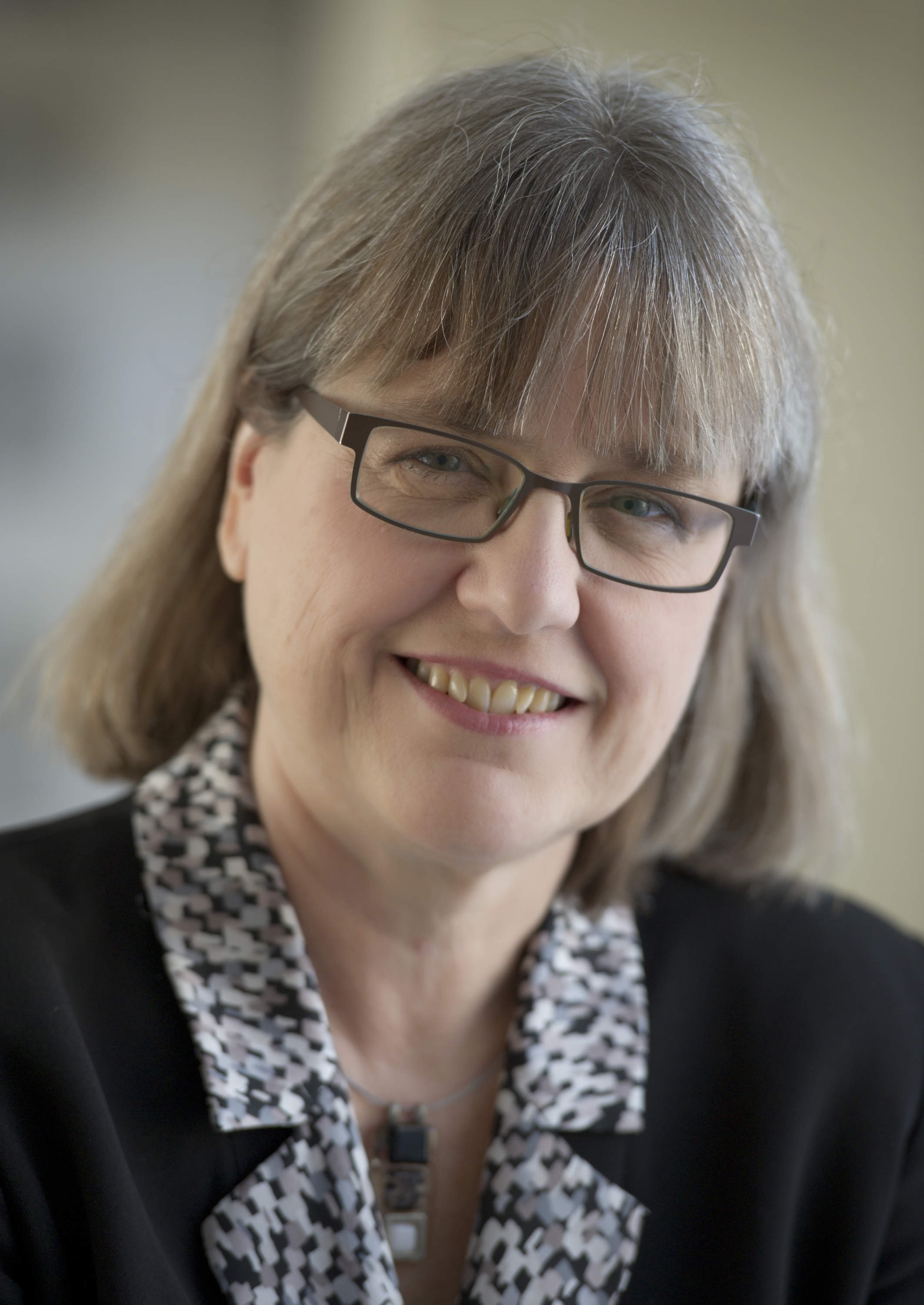Strickland, Donna (1959-…) is a Canadian physicist. In 2018, she was awarded the Nobel Prize in physics for her groundbreaking invention in the field of laser physics. She shared the prize with the French scientist Gerard Mourou and the American physicist Arthur Ashkin.

Strickland conducted her prizewinning research in the 1980’s while she was a graduate student at the University of Rochester in New York, where Mourou was also teaching. Mourou and Strickland worked together to invent chirped pulse amplification (CPA) for use with lasers. This technology enabled them to amplify brief laser pulses, producing the shortest and most intense laser pulses ever generated. This technology has many useful applications and is the basis for LASIK eye surgery. The pair published an article on the laser research in 1985.
Donna Theo Strickland was born on May 27, 1959, in Guelph, Ontario. She studied physics at McMaster University in Hamilton, graduating in 1981. She graduated from the University of Rochester in 1989 with a Ph.D. degree in optics. She briefly worked as a researcher at the National Research Council of Canada in Ottawa and at Lawrence Livermore National Laboratory in California. In 1992, she joined the Advanced Technology Center for Photonics and Opto-electronic Materials at Princeton University in New Jersey. In 1997, Strickland joined the department of physics and astronomy at the University of Waterloo in Canada, where she was promoted to associate professor in 2007.
Strickland is just the third woman to win the Nobel Prize in physics. (The Nobel Prizes were first awarded in 1901.) The Polish-born scientist Marie Curie shared the physics prize in 1903 for her research on radiation. In 1963, the German-born scientist Maria Goeppert Mayer shared the physics prize for her research on atomic nuclei.
